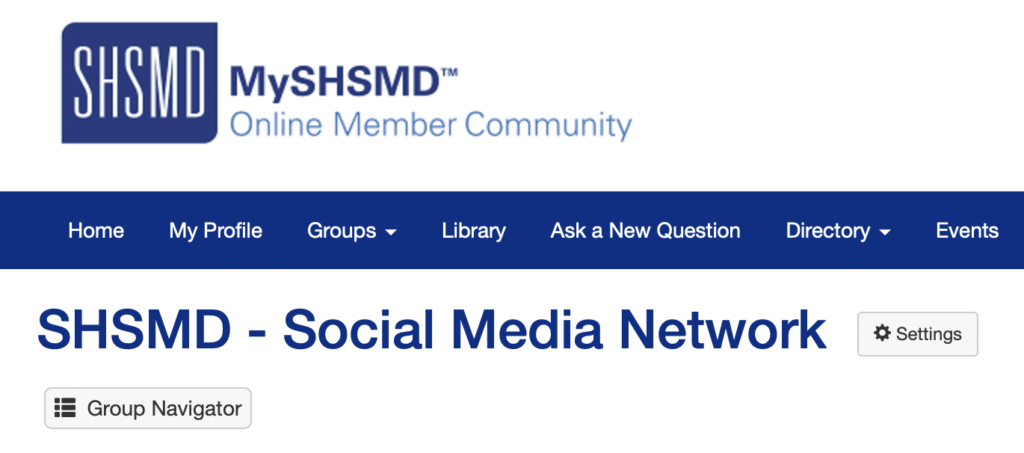With my retirement from Mayo Clinic last month we decided that the time had come to sunset the Mayo Clinic Social Media Network. I had envisioned and launched #MCSMN in 2011 as a connection hub and learning space about social media in health care for not only Mayo Clinic staff but also colleagues nationally and even worldwide.
All of the services were available to Mayo Clinic staff at no charge, while external members had both free and paid options. We also hosted annual conferences on health care social media, and even international conferences in Australia (Brisbane and Melbourne) and Dubai, United Arab Emirates and two virtual conferences with the Society for Health Care Strategy and Market Development (SHSMD).
We had a good run with #MCSMN and it aligned with Mayo Clinic’s history and values, but with my retirement it was time to reassess whether it should be a priority for my successor. Social networking and social media is important for health care organizations, but hosting an external social media network for health professionals isn’t exactly Mayo Clinic’s core business.
As a membership organization of the American Hospital Association, this IS very well aligned with the SHSMD mission.
Many members of #MCSMN expressed interest in having a space to stay connected, and so I’m glad to announce that SHSMD has established the SHSMD Social Media Network to meet this need.
I’m committing to participating regularly, and I hope you will join and help to create a vibrant and mutually supportive community.
How to Join
If you’re already a member of the broader SHSMD community it’s easy to join: just go here and once you’re logged in, click the Join Group button at the top.
Everyone who participated in the #MayoSHSHMD Virtual Conference this year already has a SHSMD membership!
For those who didn’t, SHSMD Executive Director Diane Weber has gotten the AHA IT team to create a mechanism so non-SHSMD members (even our international colleagues) can participate in this group within the SHSMD community too, but it takes a few additional steps.
If you’re not currently a member of SHSMD:
- First set up a FREE account with the American Hospital Association (SHSMD is part of AHA) by clicking on Register/Login Button, then “Create an Account” at aha.org.
2. Log in at shsmd.org using your new credentials.
3. Click this link to sign up for the community. It will seem like a checkout cart with $0 purchase.
Once you have completed those steps, go to the SHSMD – Social Media Network group and click the Join Group button.
I hope my health care colleagues with an interest in social media will take advantage of this opportunity to stay connected and continue growing together.
